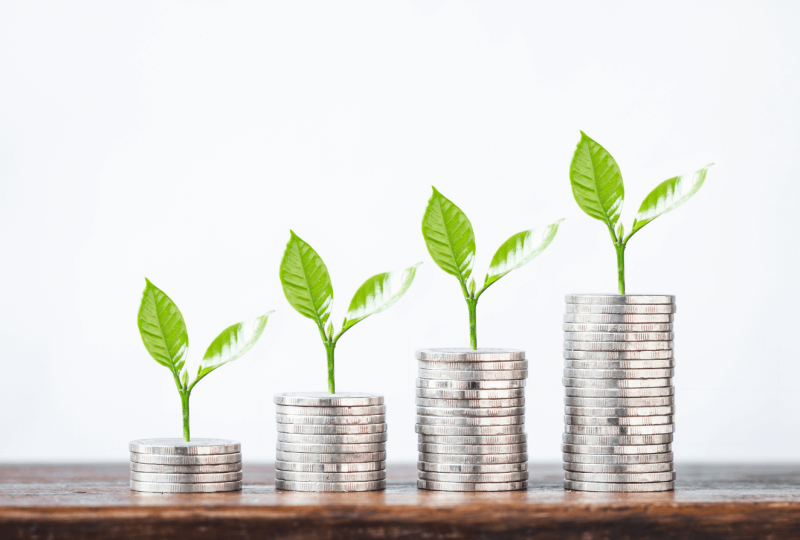Wait, What’s Happening With The Dollar? Here Is What To Expect Next.
Dec 01, 2022

Strange times to be a currency trader. The Federal Reserve raised interest rates by nearly four percentage points to fight the worst inflation since the early 1980s. The U.S. Dollar Index (DXY), which analyzes the dollar's performance against a basket of currencies, rose 16 percent in the first ten months of this year, the highest since 1985.
Other countries also raised interest rates, but the United States raised them faster, prompting investors to buy the dollar to take advantage of the higher returns. Russia's invasion of Ukraine and the consequent spike in the price of oil increased the dollar's appeal as a safe haven currency.
November, on the other hand, has a different scenario to tell. The dollar fell 4.94% until late Wednesday afternoon, as data showing that inflation is slowing fueled hopes that the Fed may slow its rate hikes. The drop in the dollar index was the worst since September 2010, when it lost 5.39%.
Investors will likely wonder if the dollar has hit its top and is heading lower. This would be good news for U.S. multinational corporations whose revenues from international sales have been hurt by the currency's strength. The answer is nuanced: the dollar has the potential to rise, but any gains it achieves are unlikely to be prolonged, according to economists and currency strategists at UBS, BofA, and others.
"We do see some chance of the dollar recovering momentum in the near future," said Brian Rose, senior economist at UBS.
Rose's explanation is based on dropping oil prices: West Texas Intermediate crude oil futures peaked in March at $123.70 and had fallen to $80.55 as of Tuesday's closing. Prices may recover, according to Rose, who reminded investors that Europe is still debating price limits for Russian oil exports. According to the analyst, a rise in oil prices would "harm the market," driving investors away from riskier investments and back into the dollar.
In a recent research note, BofA analysts led by David Hauner stated that the firm expects the opportunity for the dollar to strengthen in the first quarter of 2023 before peaking. Тhe global economy is still at risk of stagflation (a mix of poor growth and high inflation), making central banks worldwide respond by hiking interest rates.
The dollar would benefit if the Fed raised interest rates more aggressively than other central banks. The consensus opinion is that the Fed will raise rates more slowly at its policy meeting on December 13-14, with a half percentage-point hike compared to 0.75-point increases at the previous four sessions. However, other central banks have also already lowered their tightening pace.
While short-term uncertainty benefits the dollar, there is widespread agreement that the currency will slump at some point in 2023. Hauner expects a peak after the first quarter, partly because he sees a case for China abandoning the zero-Covid 19 policy that has hampered its economy. This could ease the supply-chain issues affecting businesses, improve sentiment about the global economy, and reduce the need to keep dollars as a haven currency.
Roger Hallam, global head of rates at Vanguard, fully agrees. Along with the China issue, he believes the gap in rate hike aggressiveness between the Fed and other central banks would close, depressing the dollar in 2023.
"The dollar will inevitably give up its gains," Brian Rose also added, describing the currency as overpriced. "It's difficult to maintain this level."
So let's expect some volatility in the near future.




